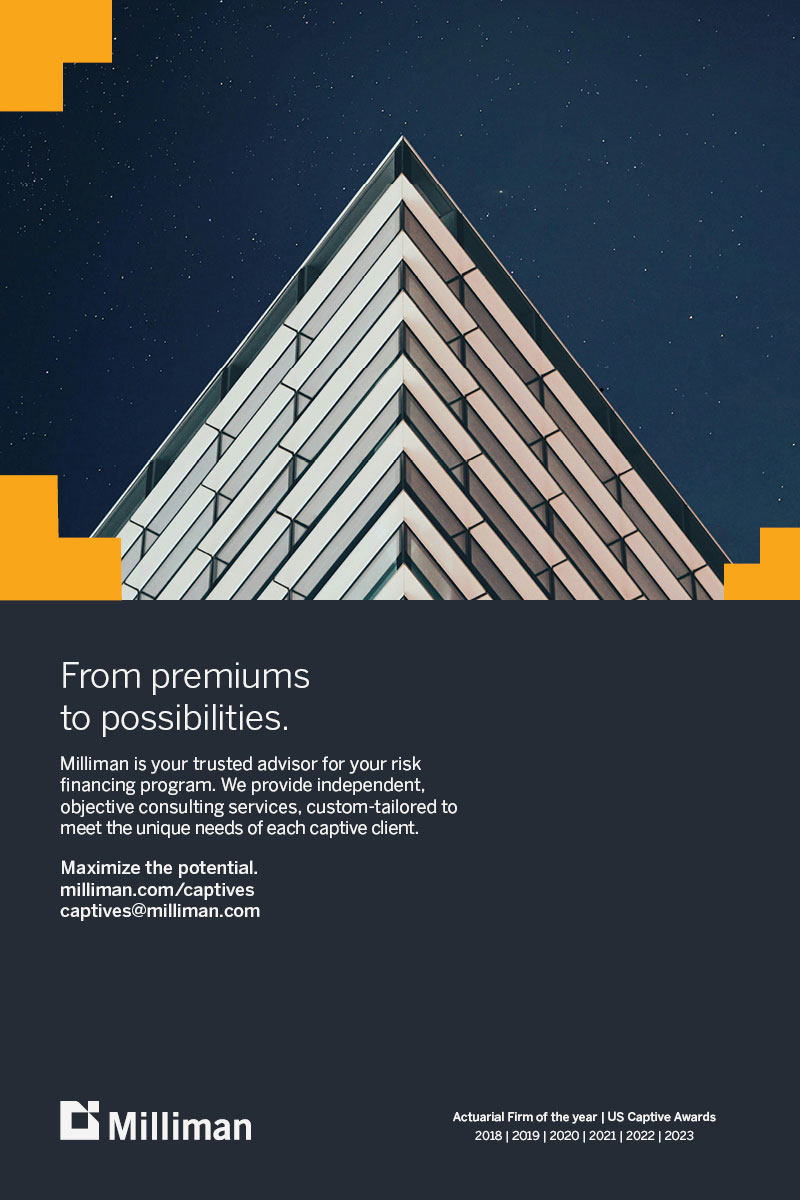Much like its motto ‘Majulah Singapura’ (‘Onward, Singapore’), Singapore is focused on remaining the leading captive domicile in Asia Pacific for the foreseeable future.
Much like its motto ‘Majulah Singapura’ (‘Onward, Singapore’), Singapore is focused on remaining the leading captive domicile in Asia Pacific for the foreseeable future.
After attracting its first captive in 1983, the Southeast Asian city-state is now home to 60 captives, and while it may not be rivaling industry heavyweights such as Bermuda and the Cayman Islands just yet, Singapore is certainly holding its own in the East.
Of the 60 captives that are currently based in Singapore, more than half are from Australia, while six are from Japan. Marsh’s captive solutions leader for Asia, Stuart Herbert, puts Australian interest in the city-state down to the fact “that it is often easier to get to, has a suitable regulatory structure and operates in a similar time zone range”.
Much of Singapore’s success should be attributed to the support from the Monetary Authority of Singapore (MAS), which works with industry practitioners to promote the city-state as a leading domicile in the region, according to George Ong, the divisional director of the Willis Singapore captive practice,
“A proven track record of well-managed and regulated captives makes a strong case for Singapore,” adds Ong.
Herbert says that Singapore’s thriving reputation is also due to an “excellent infrastructure and available service providers (managers, auditors, etc) who are very familiar with the captive concept”.
Ong and Herbert both highlight Singapore’s tax incentive scheme for captives as one of the domicile’s most attractive qualities. It was extended in early 2011 until the end of March 2018.
Introduced to support the growth of the industry, the scheme offers approved captive insurers exemptions from tax on selected income streams for 10 years, making Singapore an appealing jurisdiction in which to set up a captive.
Risky business
Captive coverage in Singapore ranges from general, product and public liability to cyber-related coverage, credit insurance and political risk. Herbert says that there are very few areas of coverage that a Singapore-based captive cannot write.
He says: “We have a very broad range of cover, although the majority are still asset-based policies such as property damage and business interruption.”
Although Singapore may underwrite all classes of risk, “the captives are however restricted to writing business that consists principally of the risks of its parent and related corporations, termed as ‘in-house’ risks”, according to Ong.
This restriction is part of the new regulation on unrelated party risks levels that was recently introduced in Singapore. Ong explains that the new rule allows the MAS to better scrutinise captive insurers that write non-in-house risks, as they now have to seek approval on risks that fall outside of the new guidelines.
Ong says: “Captives in Singapore were previously allowed to underwrite certain approved non in-house risks such as risks of associated companies, related parties and joint venture insurance programmes without having to seek prior approval from the MAS.”
A captive may only underwrite non-in-house risks without MAS approval under certain conditions, according to Ong.
A captive insurer’s parent that has at least 20 percent direct or indirect shareholding in the insured risk does not need MAS approval, nor does a captive insurer whose cumulative gross premiums for non-in-house risks for the current financial year constitute no more than 20 percent of its collective gross premiums that were written in the previous financial year.
A captive insurer will also not have to seek approval if it obtains a letter of awareness stating that the authorised personnel of the insured risk approves placing insurance with the captive.
Despite rules becoming more stringent, Albert says that the majority of captives currently residing in Singapore will hardly be affected. Only larger and more complex captives that are already based in Singapore or looking to domicile there “may have elements of insured risk that they do not have a 20 percent ownership interest in, and thus the requirement to seek approval from the regulator”.
The Eastern way
When it comes to captives, Asian companies are still lagging behind their European counterparts, according to Malcolm Cutts Watson, chairman of the Willis international captive practice.
“While the concepts of risk management and alternative risk transfer mechanisms such as captives have been widely publicised and accepted by corporates in Europe, there is generally still a gap as far as Asian companies are concerned.”
He adds that in most Asian economies insurance penetration and infiltration rates for captives have remained relatively low.
It is Albert’s belief that the Asian view on captives is more driven by the desire to retain risk. He says that there is considerably “more work, typically, that goes into ‘producing’ an Asian captive than generally [seen from] European companies.”
He adds that Marsh still finds that captives are generally not seen as the first choice when it comes to insurance needs, even for some of the major purchasers of limits.
“This is reflective of the view that insurance is a commodity and hence the idea is to keep as little risk as possible. As this view changes so will the perception of the use of captives.”





